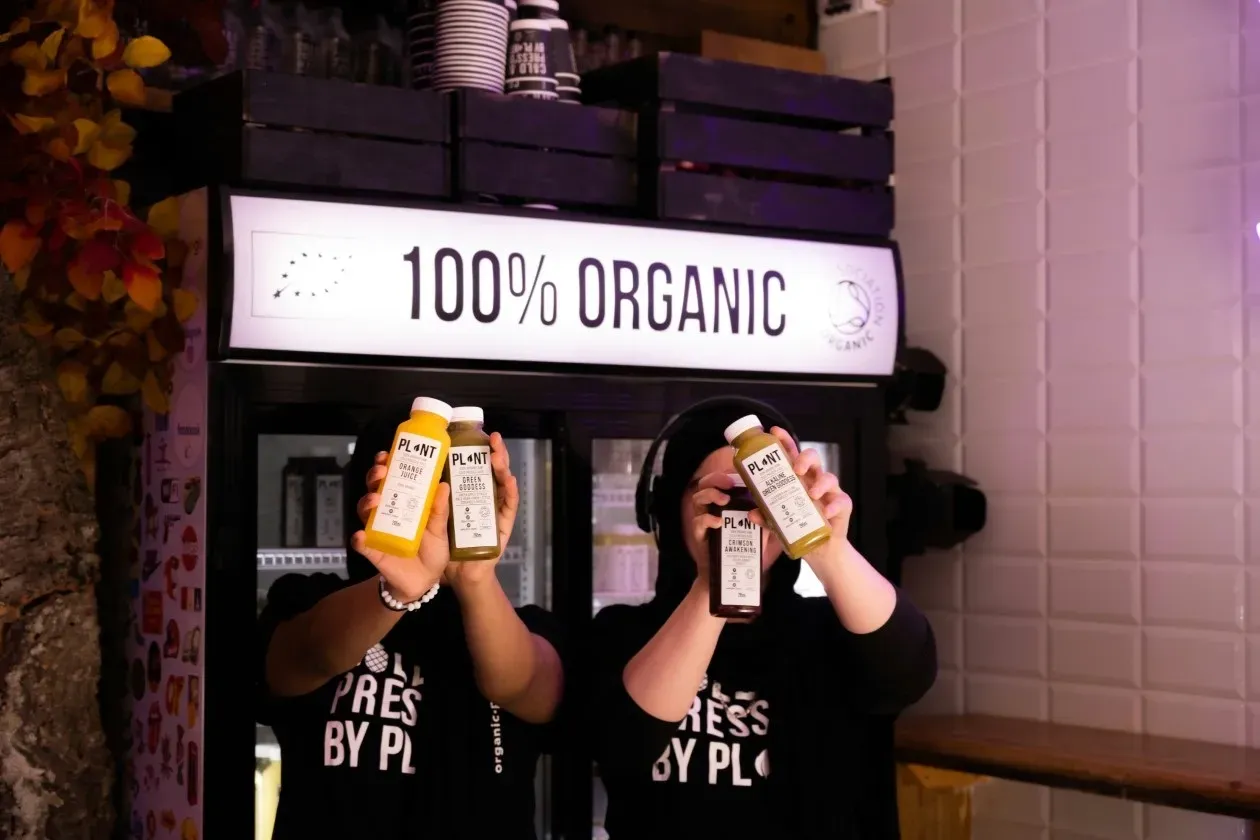Outsourcing Eco-Friendly Packaging: A Guide for E-commerce Brands
- 14 Sep, 2024
The Packaging Problem No One Talks About
Picture this. You’ve built an e-commerce brand from scratch. Sales are climbing, customers love your products, and your social media engagement is on fire. Then, a message pops up—
“Your packaging is wasteful. Why so much plastic?”
You check the packaging. Bubble wrap, plastic tape, poly mailers. It’s not a great look, and suddenly, you’re seeing the problem everywhere. Customers expect better, and you know it’s time to switch to sustainable packaging.
But there’s a catch. Eco-friendly packaging isn’t just about swapping plastic with paper. It needs the right materials, the right design, and most importantly—the right supplier. That’s where sustainable packaging outsourcing comes in.
Let’s go beyond the usual advice and talk about what actually works.
1. Find Suppliers That Match Your Sustainability Goals
Not all ‘eco-friendly’ packaging suppliers are actually sustainable. Some just slap a green label on recycled plastic and call it a day. That’s not what your customers want.
Instead of picking the first supplier with ‘eco’ in their name, ask deeper questions:
- What percentage of their packaging is truly biodegradable?
- Do they use soy-based or water-based inks for printing?
- Can they provide life-cycle assessments for their materials?
Example: TATA Consumer Products’ Sustainable Shift
TATA Consumer Products, which sells brands like Tetley Tea, switched to fully compostable tea bags and recyclable packaging after years of customer feedback. They worked with suppliers who shared their long-term sustainability vision instead of just offering a ‘green’ option.
Lesson? Look for suppliers who invest in sustainability, not just market it.
2. Don’t Fall for the ‘One-Size-Fits-All’ Trap
Your packaging isn’t just a box. It’s an experience. Customers notice if it’s wasteful, excessive, or just plain ugly. The worst mistake? Using standard eco-packaging that doesn’t suit your product.
A small jewellery brand doesn’t need a bulky recycled cardboard box. A clothing brand doesn’t need a thick, compostable mailer when a reusable fabric pouch could work better.
What to Ask Your Supplier:
- Can they customize sizes to reduce material waste?
- Do they offer alternatives like plant-based films or recycled paper mailers?
- Can they remove unnecessary inserts or plastic coatings?
Example: Doodlage’s Minimal Packaging Approach
Indian upcycled fashion brand Doodlage uses scrap fabric pouches instead of cardboard boxes. Their supplier helped them find packaging that aligned with their zero-waste philosophy while keeping costs down.
This proves you don’t always need fancy ‘biodegradable’ packaging—sometimes, simple and reusable works best.
3. Reduce Costs Without Cutting Corners
A big concern with sustainable packaging outsourcing is cost. Some brands think eco-friendly means ‘expensive,’ but that’s not always true. The trick? Strategic sourcing.
Here’s how to make it work:
- Bulk ordering – Many suppliers offer better rates for larger quantities. If storage is an issue, try a supplier with on-demand production instead.
- Local sourcing – Importing eco-friendly packaging can cancel out its environmental benefits due to high carbon footprints. Find a supplier closer to your shipping hubs.
- Material swaps – Instead of ‘fancy’ biodegradable plastics, try mushroom packaging, recycled kraft paper, or compostable mailers. These often cost less.
Bonus Tip: Get Supplier Rebates
Some suppliers offer discounts if you return used packaging materials for recycling. This helps you cut costs while closing the loop on waste.
4. Test Before You Switch Everything
Switching all your packaging overnight can backfire. Some biodegradable materials don’t survive humid weather, while others crack under pressure. Before making a big change, run a test batch.
Here’s what to do:
- Order a small sample and check how it holds up in real-world conditions.
- Ship a few test packages to yourself (and customers) and collect feedback.
- Monitor returns and complaints—Are customers happy? Does the new material cause damage?
Real Talk: Why BigBasket Had to Rework Their Compostable Bags
BigBasket once introduced compostable grocery bags but faced issues because some bags broke down too quickly in humid conditions. They had to tweak the formula before rolling it out nationwide.
Lesson? Test before committing.
5. Make Packaging Part of Your Brand Story
Sustainable packaging isn’t just about materials. It’s a marketing tool. Customers love brands that share why they chose a particular packaging style.
Ways to make it work:
- Print a QR code on packaging that links to a page explaining its eco-benefits.
- Add a small card inside saying, “This box is 100% compostable. Reuse or recycle it responsibly.”
- Share behind-the-scenes videos of your sustainable packaging journey on social media.
Example: The Whole Truth’s Honest Packaging Approach
Indian clean-label snack brand The Whole Truth shares detailed transparency reports on its packaging choices. They openly discuss why some materials aren’t fully biodegradable yet and how they’re working to fix it.
Being honest builds trust. Customers appreciate the effort more than perfection.
6. Watch Out for Greenwashing
Many suppliers claim to be ‘eco-friendly’ without actually being sustainable. This is called greenwashing. Avoid falling for it by asking for:
- Third-party certifications (FSC, BPI Compostable, Cradle to Cradle).
- Breakdown reports (How long does it take to decompose? Does it release microplastics?).
- Proof of recycled content (Some ‘recycled’ plastics only have 10-20% actual recycled material).
Red Flags:
🚨 A ‘biodegradable’ claim with no composting guidelines.
🚨 No clarity on ink types, adhesive, or coatings.
🚨 No transparency about sourcing.
If a supplier can’t provide proper documentation, walk away.
7. Future-Proof Your Packaging Strategy
Sustainable packaging isn’t a trend. It’s where e-commerce is headed. With global regulations tightening, plastic bans increasing, and customer demand rising, it’s better to get ahead now than be forced to change later.
What’s Next?
- Government policies – Many countries, including India, are introducing extended producer responsibility (EPR) rules, meaning brands will be accountable for their packaging waste.
- New materials – From seaweed-based films to fungus-based packing peanuts, innovation is growing fast.
- Refillable systems – Some brands are ditching disposable packaging completely, using reusable returnable pouches instead.
The question is—will your brand be an early adopter or play catch-up?
Your Turn: What’s Your Packaging Story?
Switching to sustainable packaging isn’t just a business decision. It’s about creating a better experience for customers, reducing waste, and making sure your brand stays ahead.
Have you tried eco-friendly packaging for your e-commerce brand? What challenges did you face? Share your experience in the comments!


